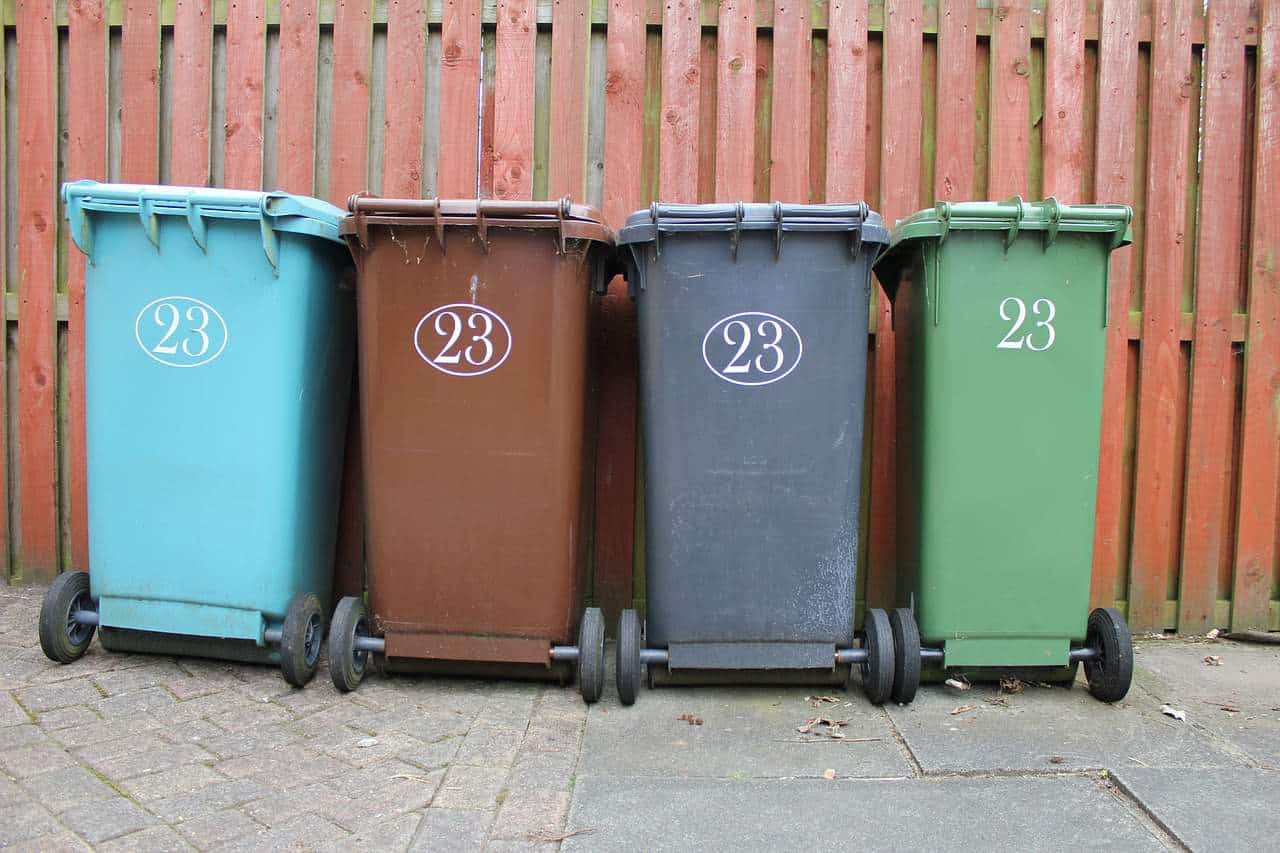A big thank you to one of our very own Velociteach Instructors, Alan Zucker, for creating the content for this blog. You can subscribe to his blog and see the sources of this content by following this link: http://pmessentials.us/blog/
Many of us are “knowledge workers.” We do not physically create a product. We work in areas that are important to our enterprise, but do not directly serve customers. We work in finance, marketing, technology, or similar functions.
As knowledge workers it is hard to see or measure the specific value we contribute. We are busy. But are we adding value or creating waste? Lean thinking defines value as work that directly benefits our customers—everything else in waste. Waste may be unnecessary approval steps or reports that get generated, but are never used.
In manufacturing—where Lean first took root—identifying waste is easy. Waste is scrap thrown away at the end of the day. It is excess inventory. However, in knowledge work, waste is more difficult to spot.
“The DevOps Handbook“ describes sources of waste in knowledge work. Most of us will recognize these items. They are prevalent in our daily activities. But, we may not have realized that these activities do not add value. Nor are we taking steps to eliminate waste. Below are sources of waste in knowledge work and things that can be done to eliminate it:
Heroics
Many corporate cultures praise the hero—the person that solves the problem and saves the day, or pulls the all-nighter. The hero is the go-to person—the “one” that can be counted on.
Heros creates waste and promotes an unhealthy culture. One person is engaged in solving the problem while the rest of the team is idle. It creates a key person dependency. Only one person can solve the problem. The organization is fragile. What happens if that person “wins the lottery?”
Heroics create the wrong environment and culture. Attention and praise is heaped on the individual instead of the team. Psychic and (often) monetary rewards incentivize and reinforce this pattern. Knowledge work should be a team activity.
Studies demonstrate that teams deliver better results than individuals. Microsoft, Dell and IBM have joined several consulting firms in changing their recognition and rewards system to value teamwork over individual contributions. The old system created a culture where knowledge was siloed and not shared.
How do we eliminate heroics? We need to change the culture. Organizations need to create environments where knowledge is openly and freely shared. Managers need to value and recognize team accomplishments over individual achievements. Individuals must value their success of the team.
Partial Work
In manufacturing, it is easy to identify partial work. It is the inventory of parts waiting to be installed in the final product. Inventory is partial work. It does not create value until the product it is shipped to the customer.
In knowledge work, it is hard to see and measure partial work. We talk about how busy we have been or how much effort we have expended. But don’t talk about the value what we have created.
Consider these examples:
- Creating a presentation is partial work until the briefing has been given and actions that create value have been taken;
- Writing code or testing software does not add value until it is released into production; or
- Creating a training program does not benefit employees until the training is delivered.
Eliminating partial work requires that we fundamentally reconsider what we do and how our efforts create finished products or services. Under close scrutiny, we may find that much of our effort is locked up in partial work.
We should recognize and understand how our work contributes to the value stream. We should then focus on delivering the final product or service. This will result in a dramatic change in how we view and measure our work. We should ensure our efforts are complete and provide value.
Task Switching
Task switching is starting work on one item and then jumping to another without finishing the first. Everyone is guilty. We start on an assignment, get distracted by an email or phone call, and then try to refocus on the original task. Or we try to juggle multiple projects. We are busy, but we don’t feel like we have accomplished much.
When we task switch, we don’t just pick up where we left off. We have to expend time and effort reorienting ourselves. There are both physical and mental shifts that we make when we switch from one task to the next. Physically, we may need to pull out different files or papers. Mentally, we expend effort remembering where we left off, which task was next, etc.
Rather than task switching, we should focus on completing one task before moving onto the next. Create dedicated blocks of time where we can concentrate on one project before moving to the next. Avoid distractions—close your email and instant messaging systems. Put away your smartphone. Focus on getting things done rather than being busy.
Unnecessary Features
It is estimated that 64% of the software features either rarely used or not used at all.
Unnecessary features represent opportunity cost—time and effort that could have been better expended on something else. In software development it may be easy to spot functions that are not regularly used.
In other domains, it may be harder to identify unnecessary features. Consider this: Does that 50-page deck really enable actionable decisions, or are we just generating data? Do we really need to reconcile accounts to the penny, or would a higher threshold ensure adequate control?
Under close scrutiny we may find that much of what we do is not necessary. A much lower level of effort would produce the same or better results.
One of the Agile principles states that “simplicity is the art of maximizing the amount of work not done.” What work can we avoid to simplify what we do and still be effective? Challenge the status quo. Consider the options.
Defects
On a lean production line, defects are identified and fixed at the source. They are not moved down the line to be detected and corrected later.
On a Toyota manufacturing line, workers are encouraged to pull a cord (called the Andon cord) and stop the line if there is a defect. The cord gets pulled thousands of times a day. The line stops and all of the workers gather around and help resolve the problem. This demonstrates Toyota’s commitment to quality and employee empowerment.
In knowledge work, too often we allow defects or quality problems “escape” to the next step in the process. Capers Joes has documented that the cost of correcting software defects increases exponentially the further they are found from the source.
Imagine an environment where we are encouraged to ensure the quality of our work product before passing it off to the next step in the line. Now consider what actions we can take to ensure that quality and integrity a personal commitment. How will that affect the environment?
Extra Steps, Handoffs and Waiting
Most knowledge workers do not have the ability to complete an entire process independently. Due to specialization of skills or business controls our processes requires coordination with multiple teams.
Consider the disjointed process most of us go through to hire a new employee. A request is made—often via email. Multiple threads go back and forth justifying the need. Once approved, a request is formally submitted into the recruiting system. Resumes are received. Candidates are tracked on spreadsheets. Open requisitions are reconciled manually to the official system.
Can a simpler process be created? Can we have a process where the entire value stream is in one system? Where manual reconciliations and tracking sheets are not needed?
Waiting, extra steps, and handoffs are inefficiencies that do not add value. Take the time and effort to review your work and the entire value stream. Continually find and implement small changes hat improve the process. Remove unnecessary steps. Reduce handoffs and waiting. Soon enough the process will be simpler, more efficient, and less frustrating.
Knowledge workers should liberate themselves from the constraints of the Industrial Age. Be empowered to identify and eliminate waste and inefficiency from your daily tasks. Your work will be more satisfying and your enterprises will be more effective.
© 2017, Alan Zucker; Project Management Essentials, LLC


